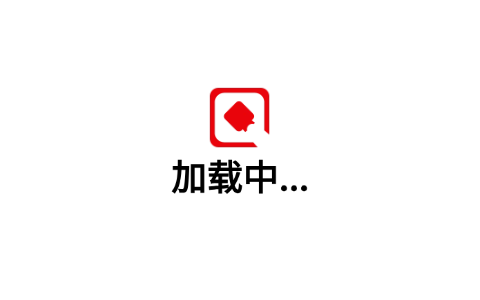particular purposeinspection of goodsIs an important part of the supply chain management to ensure product quality in line with standards and requirements, in the quality inspection process, the inspection will be carried out on the number of products to check, appearance inspection, process inspection and other work, of course, the process of product testing is also essential, the test content will be based on the type of product, industry standards and customer needs and so on, but the core is to verify the quality, safety and functionality of the product. This article describes several common test items, as well as the role of the test process in the inspection process.

One,Functional Testing
Functional test is the core link in the third party inspection to verify whether the product "can work properly according to the design", and its core logic is: simulate the actual use of the product scenario, detect whether the basic functions and auxiliary functions are up to the standard, whether the operation is smooth, and whether there is any abnormality or malfunction. The content of functional testing varies for different types of products.
1. Electrical and electronic appliances
For example, the screen touch sensitivity of electronic products; the heating uniformity of microwave ovens; the charging speed of chargers; the connection stability of smart devices; the obstacle avoidance ability and path planning integrity of sweeping robots.
 2. Industrial Products
2. Industrial Products
For example, whether the speed of the motor is up to standard, the stability of the output power; whether the start-stop and speed regulation functions of mechanical equipment are normal.
3. Textile and clothing
For example, the stretch resilience of jeans; the friction pilling test of wool sweaters; the durability of zippers checked by repeated pulling; the strength of seams; the waterproofness of rushing jackets; and the moisture-absorbent and quick-drying properties of sports jerseys.
4. Toys and children's products
For example, the response distance and command execution function of remote control toys; the guardrail lifting and lowering function of baby cribs.
5. Household products
For example, the load-bearing and swaying tests of chairs; the smoothness of closet door opening and closing; the smoothness of rolling wheels of luggage; whether the folding/unfolding of sofa beds is labor-saving and whether it is stable when it is in place; whether the adjustment process of elevated tables is smooth, and so on.

II. Security testing
|
Test items |
instructions |
Examples of applicable products |
|
Electrical Safety Testing |
Test insulation resistance, grounding continuity, and high voltage resistance to prevent leakage or short circuit. |
Home appliances, chargers, power tools |
|
Mechanical safety testing |
Check for sharp edges, moving part guards to prevent pinching or cutting. |
Toys, furniture, machinery and equipment |
|
Chemical Safety Testing |
Tests for harmful substances (lead, cadmium, phthalates, formaldehyde). |
Children's products, textiles, food containers |
|
fire protection/Flame retardant testing |
Evaluate the combustion properties of materials to prevent the risk of fire. |
Electronics, textiles, construction materials |
|
stability testing |
Test products for ease of tipping (e.g., furniture, strollers). |
Furniture, baby goods |
|
Widget Testing |
Check toys or children's items for small parts that can easily fall off to prevent choking risks. |
Toys, stationery |
Three,goods inspection and testingrole of
1. Guarantee product quality and reduce risk
As an independent organization, the third party is not affected by the interests of buyers and sellers, and can objectively test whether the product meets the standard, avoiding the return and rework caused by the defective use of the product after leaving the factory, and reducing the economic loss of enterprises.
2. Maintaining Brand Reputation
Prevent unqualified products from entering the market, avoiding consumer complaints, bad reviews or safety accidents caused by inconvenient operation and substandard performance issues, and protecting the brand image.
3. Improve supply chain efficiency
Problems are found before the products leave the factory, and the factory can be asked to rectify the problem in time, avoiding the defects being found only after the goods arrive at the destination, and reducing the additional costs of transportation and storage.
The selection of inspection tests should be based on product characteristics, customer requirements and industry standards, with the aim of verifying product quality through scientific methods and balancing efficiency and risk. The independence of third-party inspection can avoid conflict of interest, and provide a fair basis for both buyers and sellers. Professional third party inspection, chooseInspection OnlineThe


